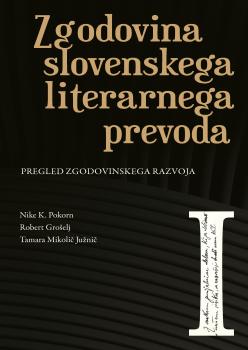The Interaction between Slovene Translations of the Bible and Slovene literature
Synopsis
This chapter examines how Slovene Protestant translation of the Bible created the literary norms of the Slovene language. The Slovene literary language was created by Trubar’s choice of the specific language variant of the target language, which was then chosen by Jurij Dalmatin as well. However, the translation of the Bible contained also lexical and syntactic Germanisms. It was only in the 19th century that syntactic Germanisms began to be purged by Catholic translators, while at the same time the style of Slovene Bible translation was improved by the paraphrased citations of biblical sayings taken from Slovene literature which guided Bible translation towards more genuine-sounding Slovene.
On the other hand, Slovene literature has throughout history always been characterised by free and creative Bible translation, as shown in the second part of this chapter. Canonical Slovene poets and writers used biblical metaphors for the verbalisation of their central themes, for instance France Prešeren in his Romantic lyrical poetry and Ivan Cankar in his Neo-Romantic narrative of yearning. In Prešeren’s work this is most visible in the glorification of his beloved, upon whom he had bestowed nothing less than “glory”, which in the Old Testament meant the radiant Divine presence on Earth. Conversely, Cankar de-eroticised Prešeren’s paradigm of noble love, turning it into yearning for a new life. He voiced this yearning with the help of the Bible in one of his short stories from his middle period, where the Second Coming of Christ is depicted.


